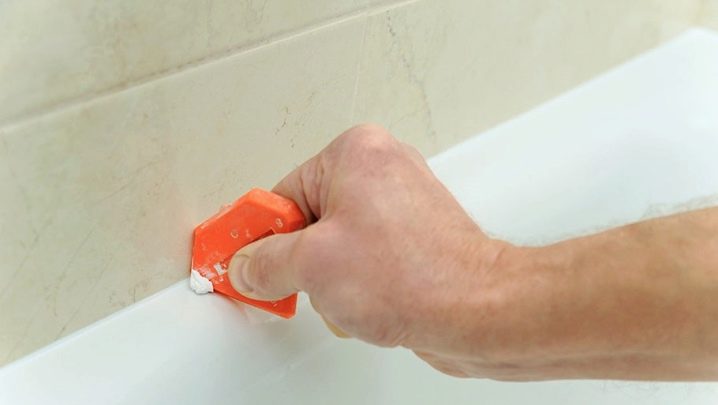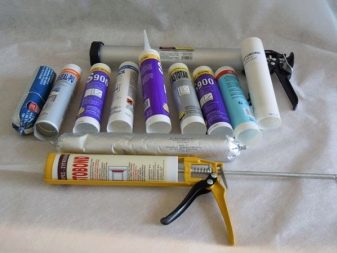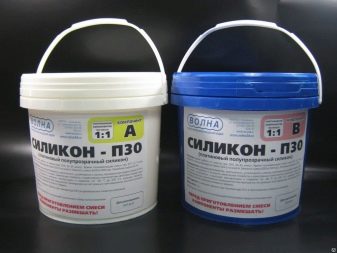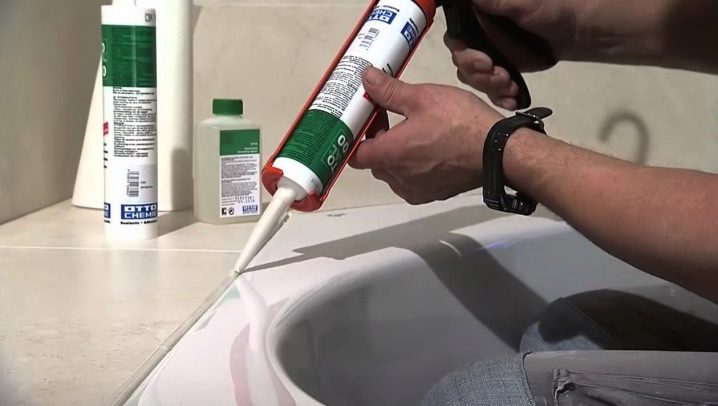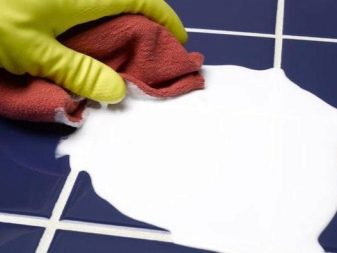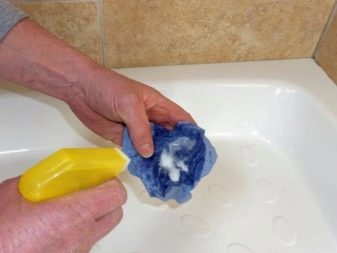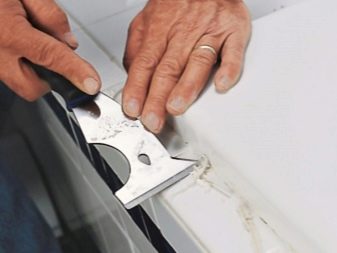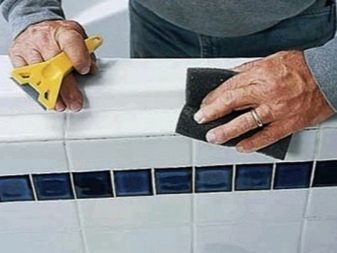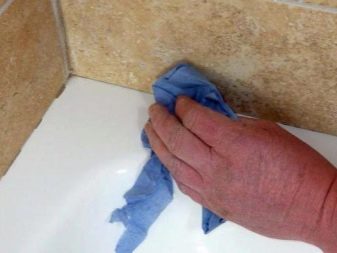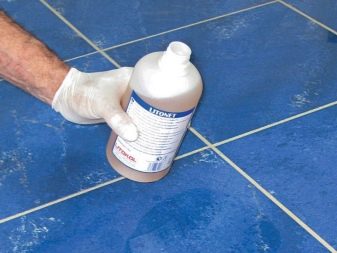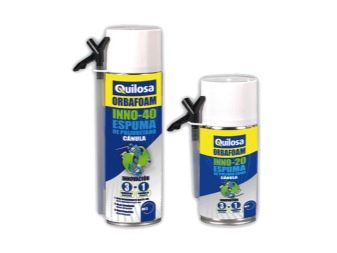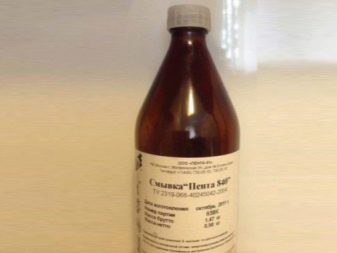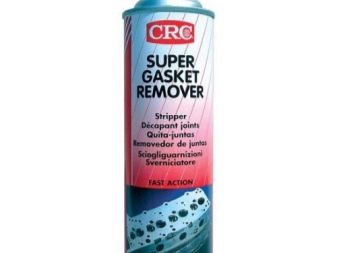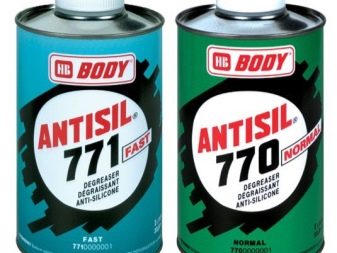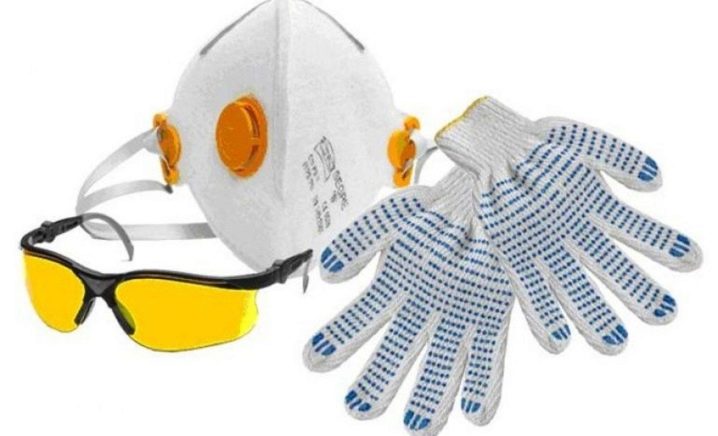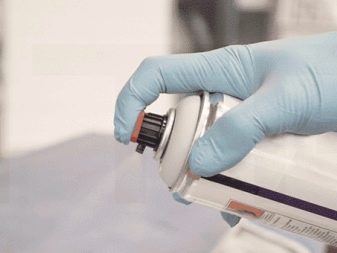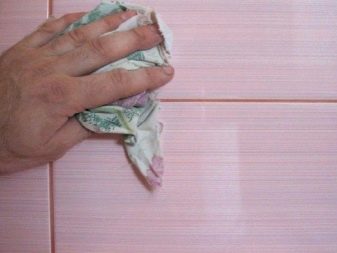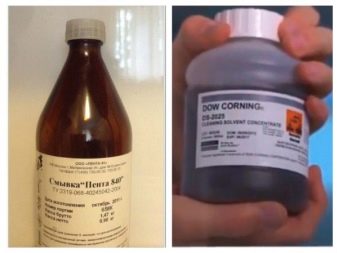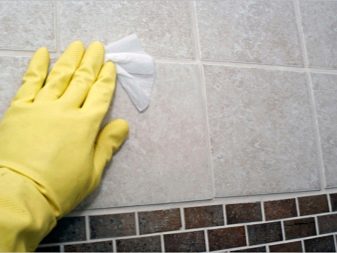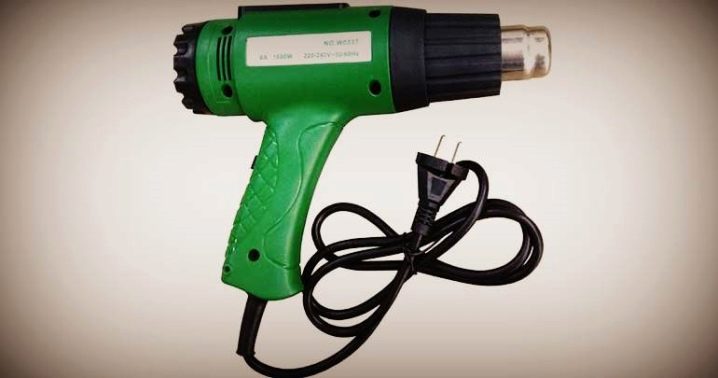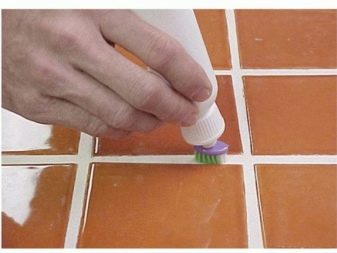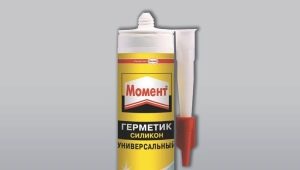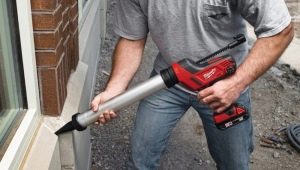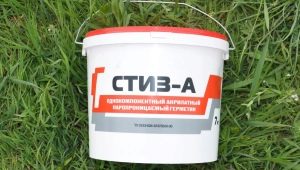How to remove silicone sealant from tile?
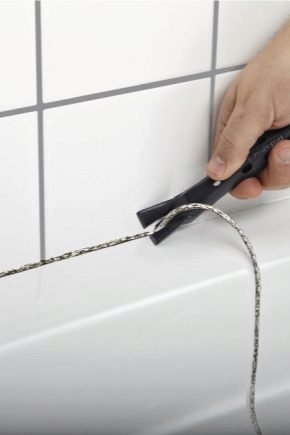
During the cosmetic or overhaul often faced with the removal of various types of stains and dirt, which leave behind building materials. Silicone sealant is often used not only during global apartment improvement works: it can be used to seal bath and wall joints, interlayer joints or other minor works in the current mode. The article is devoted to the peculiarities of cleaning tile from silicone sealant.
Features of the use of silicone
Before you consider the various options for removing this tool, you must be familiar with its composition and scope. Silicone sealant is a material that is widely used in construction and finishing works and has good elasticity.It is recommended for sealing seams, small cracks, joints in order to prevent water, dust and other contaminants from entering there. It has high water-repellent properties, which is why it is recommended for use in rooms with high humidity (bathroom, kitchen).
Silicone-based sealants can be single-component for domestic use and two-component (industrial version).
Depending on the basic composition, the products are divided into:
- alkaline;
- acidic;
- neutral.
Information on the composition of the material is very useful when choosing an agent for cleaning it from a tiled surface.
Silicone compounds perfectly glue and seal a variety of surfaces and bases. Their antimicrobial additives ensure the complete absence of mold and prevent the development of fungus in the joints and joints. When finishing and repairing the silicone mixture often falls on the surface of the tile. The choice of the method of cleaning means depends on several parameters: the main composition of the sealant, the degree of stale pollution, the material from which the tile is made, and so on.
Cleaning methods
To begin with, remember that not all types of silicone sealants can be cleaned without residue at home from the surface of the tile. Therefore, it is necessary to apply the tool as carefully as possible without haste. It is best to remember or write down the brand of the sealing compound, in order to then choose the right solvent, if the pollution could not be avoided.
High-quality sealant pretty quickly clings to any surface, and it can be very difficult to wipe it off. To do this, today there are several ways, each of which has its pros and cons.
If we talk about the freshest dirt, then you can remove them easily and quickly with the help of soap and a sponge. Moistened with a piece of foam or other soft material must be wiped in a circular motion to thoroughly wipe the contaminated place. Another soft silicone with ease away from the tile. It remains only to wipe dry with a clean rag ceramic or other tiles.
If the silicone is already frozen, then the soap and sponge will not save. We will have to use more radical methods, which are conventionally divided into several groups.
Mechanical
This option implies a scraping of a product from a ceramic or other surface. Perform this procedure very carefully and carefully, without leaving marks (scratches) and without damaging the surface. You can use various sharp objects for scraping: a stationery knife, a razor blade, special scrapers or spatulas, sandpaper and so on.
You can try to wipe off small traces of dirt with ordinary table salt. Small abrasive particles should be wiped thoroughly with a damp sponge and left for a few minutes. Next, the surface is washed with a cloth moistened with soapy water or dishwashing detergent, rinsed with clean water and rubbed dry. If the simplest methods do not help, you can move on to more radical ones - using chemistry.
Chemical
In cases where removing the dirt from a tile in the first way is not possible, or simply do not want to risk and scratching the lining, it is recommended to use chemical means. Most commonly, various available solvents are used for this purpose, for example, acetone or white spirit.
Wash tile can be using a cotton swab or disc moistened with such a solvent. The tool is carefully applied to the silicone and left until the sealant swells up to such a state that it can be easily removed from the surface. This usually happens in about an hour. With a sharp blade, the swollen material is hooked and removed from the tile in large or small fragments. If necessary, this procedure can be repeated.
Acetone and white spirit are universal solvents that are suitable for removing different compositions from surfaces made of various materials. Modern industry offers and specially created compounds designed to cleanse the silicone sealant. Most often they are produced in the form of aerosols, pastes or foams.
Among the most popular and high-quality tools include the following products:
- Lugato;
- Penta-840;
- Silicon-Entferner;
- Antisil;
- CRC Gasket Remover.
When working with these materials, it is necessary to start from the instructions for use indicated on the package. If the spots are rather voluminous, then it is best to first try to scrape off the main part, and the remaining stains on the surface are already treated with the agent.
When working with chemicals you should not forget about elementary safety rules. For respiratory protection it is worth using a respirator, wear rubber gloves on your hands. For work the brush or the pallet is used. The room must be well ventilated.
In addition, chemicals can adversely affect the tile itself., walls, plinth, plumbing fixtures and so on. Solvents can damage the enamel coating, painting, rubber, plastic and other materials. To prevent this, even at the stage of working with sealant it is best to use masking tape, which should be carefully glued over the rows of tiles, forming a smooth, neat seam.
Before use, the cleaner in the aerosol can is thoroughly shaken and sprayed in a rather thick layer onto the contaminated surface. After 20-30 minutes, the silicone should soften. Next, use a sharp spatula and carefully remove the remnants of the sealant. The gel means is applied with a brush on a dry surface. After softening, the silicone is removed, and the surface is wiped with a damp cloth and wiped dry.
To choose the best option for cleansing, knowledge of the composition of the sealing agent will be useful. For example, acidic materials are removed using concentrated vinegar. Alcohol-based silicone will help flush medical and technical alcohol compounds. Neutral sealants are well cleaned with acetone, white spirit, gasoline or kerosene.
If the basis or the name of the sealant does not recall, it is best to apply a tool that acts on all the main compounds. Such a solvent is, for example, "Penta-840".
Before using any cleaner, it is necessary to test it on an inconspicuous, small piece of tile.
Thermal
Silicone perfectly amenable to softening when exposed to a very high (350-400 ° C) temperature. To do this, you can use the building hairdryer. However, not all the materials from which the tile is made, can withstand such a serious heating. Before using this method, it is necessary to clarify the maximum permissible temperature of the lining.
Mechanical and chemical methods are the most popular, thermal heating is used less frequently.When working with complex surfaces (porous tiles, not coated with enamel) used combined cleaning methods. In this case, the solvent is applied several times to the stain and is gently removed with a pumice stone or spatula as it softens.
Remove sealant residues may be necessary not only in the careless handling of the cylinder. After several years, the silicone joints of the ceramic lining of a bathroom or kitchen begin to break down, become dirty, lose their sealing and water-repellent properties. In this case, the old seam is removed by one of the proposed methods. The surface is thoroughly cleaned and degreased. Next, a fresh sealing layer is applied.
How and how to clean the silicone sealant from tile, plastic and fabric, see the next video.
